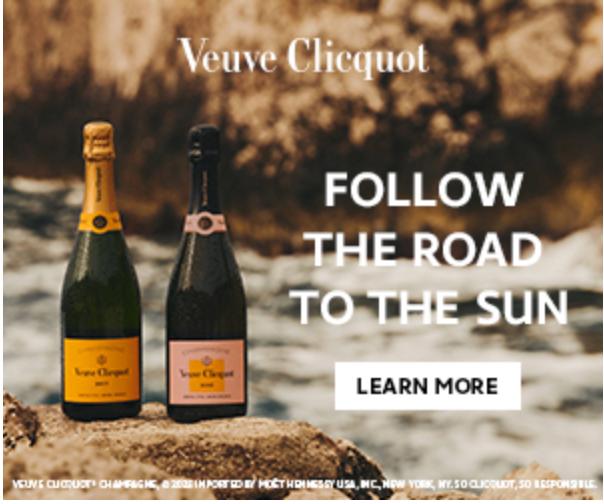Crown Royal and FORVR Mood Co-Founder, Jackie Aina, Partner to Release Limited-Edition Candle Inspired by Popular New Flavor Crown Royal Blackberry Flavored Whisky
Jackie Aina, from FORVR Mood, Partners with Crown Royal Blackberry Flavored Whisky
With bottles flying off the shelves nationwide, Crown Royal Blackberry Flavored Whisky has proven to be one of the brand’s most popular flavor offerings.

This is an innovative whisky blend deserving of a partner just as creative to kick off the summer. Jackie Aina, a well-respected creator and entrepreneur, whose brand, FORVR Mood, garnered a wait list of over 45,000 customers prior to its launch in 2020, was a natural choice for the brand.
Aina’s love for the new flavor inspired her curation of the limited-edition Crown Royal Blackberry x FORVR Mood candle.
Appropriately titled, Berry On Top, this delicious scent is crafted with notes of blackberry, complemented with whisky accord and vanilla.
Limited quantities of the candle will be available online at Forvrmood.com *while supplies last
This exclusive new scent will be unveiled at the Crown Royal Blackberry Stand!
The Crown Royal Blackberry Stand is an adult twist on your traditional lemonade stand , where creativity meets cocktails and spotlights business owners, via the collaboration with Jackie Aina and FORVR Mood.
With the entrepreneurial spirit of a traditional lemonade stand at its core, the Crown Royal Blackberry Stand will provide a platform for rising founders via the brand’s partnership with 501(c)(3) organization, Black Girl Ventures Foundation.
Attendees that visit the stand are invited to sip signature cocktails and shop the exclusive Berry on Top candle as they learn more about Crown Royal charity partner Black Girl Ventures Foundation.
Black Girl Ventures Foundation is an IRS § 501(c)(3) organization dedicated to providing underrepresented founders with access to community, capital, and capacity building to meet business milestones that lead to economic advancement through entrepreneurship.
Crown Royal’s partnership with FORVR Mood and Jackie Aina is rooted in the support of Black Girl Ventures Foundation.
To further their efforts, Crown Royal will be donating $50,000 to Black Girl Ventures Foundation from the Crown Royal Generosity Fund*, where half of the donation will support the BGV Pitch Program.
More information on the organization’s mission, programming, and ways to support the Black Girl Ventures community will be found at The Crown Royal Blackberry Stand.
“Our new Blackberry Flavored Whisky is one of our most flavorful yet!”
Hadley Schafer
VP of Crown Royal
“…It was important that we found the perfect partner to not only celebrate this exciting new release but also one whose passion for creativity and entrepreneurship aligned with our vision for The Crown Royal Blackberry Stand,” said Hadley Schafer, VP of Crown Royal. “This collaboration with Jackie Aina and FORVR Mood not only highlights this flavor profile in such a fun and unexpected way but also makes a meaningful impact by supporting the next generation of 21+ business owners.”
For more information about The Crown Royal Blackberry Stand featuring Crown Blackberry x FORVR Mood By Jackie Aina in Los Angeles on June 14th and 15th, and more juicy Crown Royal news visit @crownroyal on Instagram to sign up for the Crown Royal newsletter.
“Finding new ways to flex my creativity to craft something that I know my supporters will love is exciting for me,”
Jackie Aina
“So, when I was approached by Crown Royal for this partnership it was a no-brainer for me, especially after seeing all the hype for their new Blackberry Flavored Whisky and learning they’re supporting a cause close to my heart with Black Girl Ventures. I’m excited to partner with a brand that shares my values!”
Crown Royal Blackberry Whisky has an ABV of 35% and is available nationwide for a limited time at a suggested retail price of $26.99 for a 750mL bottle.
*Crown Royal Generosity Fund is a donor-advised fund, administered by Fairfield County’s Community Foundation, a nonprofit entity organized under IRC §501c3.



